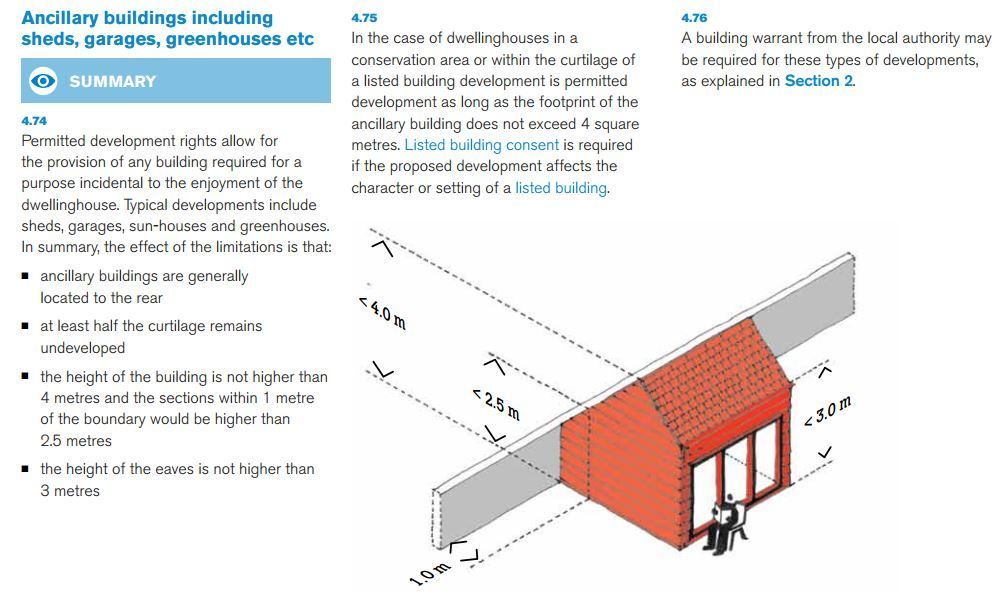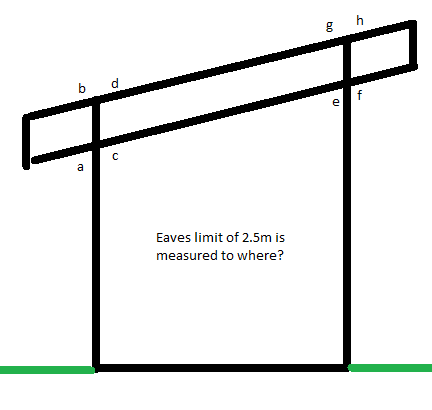If I remember correctly, for building regs, the floor area is measured from the inside not the outside.
Also, this depends on each LA but they generally don't go out looking for people that have breached planning and building regs. It only usually becomes and issue if you get grassed up from a neighbour or when you come to sell your house and you have to legally declare any building works within a set period.
So, if you're unlucky enough to be grassed up then the council are obligated to investigate and how you deal with it from this point is important. If you play ignorant but say you'll meet all the relevant breaches then they're happy because it's problem solved. If you resist then they have to consider enforceable action and serve an enforcement notice. These enforcement notices don't come without very careful and consideration from the LA as they have to go up the ranks and be signed off by the principle planner mainly because they have to consider the very expensive costs involved with proceeding to court. Whether it's a simple shed breach or a property built without planning permission, the courts charge a initial set fee, along with the legal teams - of course, the complexity of the case increases costs so we can assume that a shed would be far less than a property, but you get my drift. The judges also don't look favourably on LA's that bring trivial matters to the courts. Generally, judges don't like precious court time being wasted by people that can't act in a sensible manner, which also includes taking legal proceedings for minor offences, such as a shed that built too close to a boundary or is a little taller than the regulation allow.
It's luck of the draw and depends how much balls you have - or maybe, how much you're taking the piss - don't build a habitable space in the back garden that blows all the height, space and location restrictions totally out of the water and expect to get away with it - but a small breach in the laws might see it being overlooked with no further action being taken (even an official letter from the LA that says as such!)
Now, I'm not a planning officer but I have had first hand experience with a breach of planning and I've spoken at length on numerous occasions to the enforcement officers about what tricks some people pull and how most LA's resources are stretched beyond capacity. I also recorded all my conversations with the enforcement officers, just in case.....

So only you know what location you're in and where you're planning to build, how long you think you'll be living at your property, how well you get on with the neighbours, what type of risk you're prepared to take and what you're thinking of building that might not fall exactly within the regulations.
















































